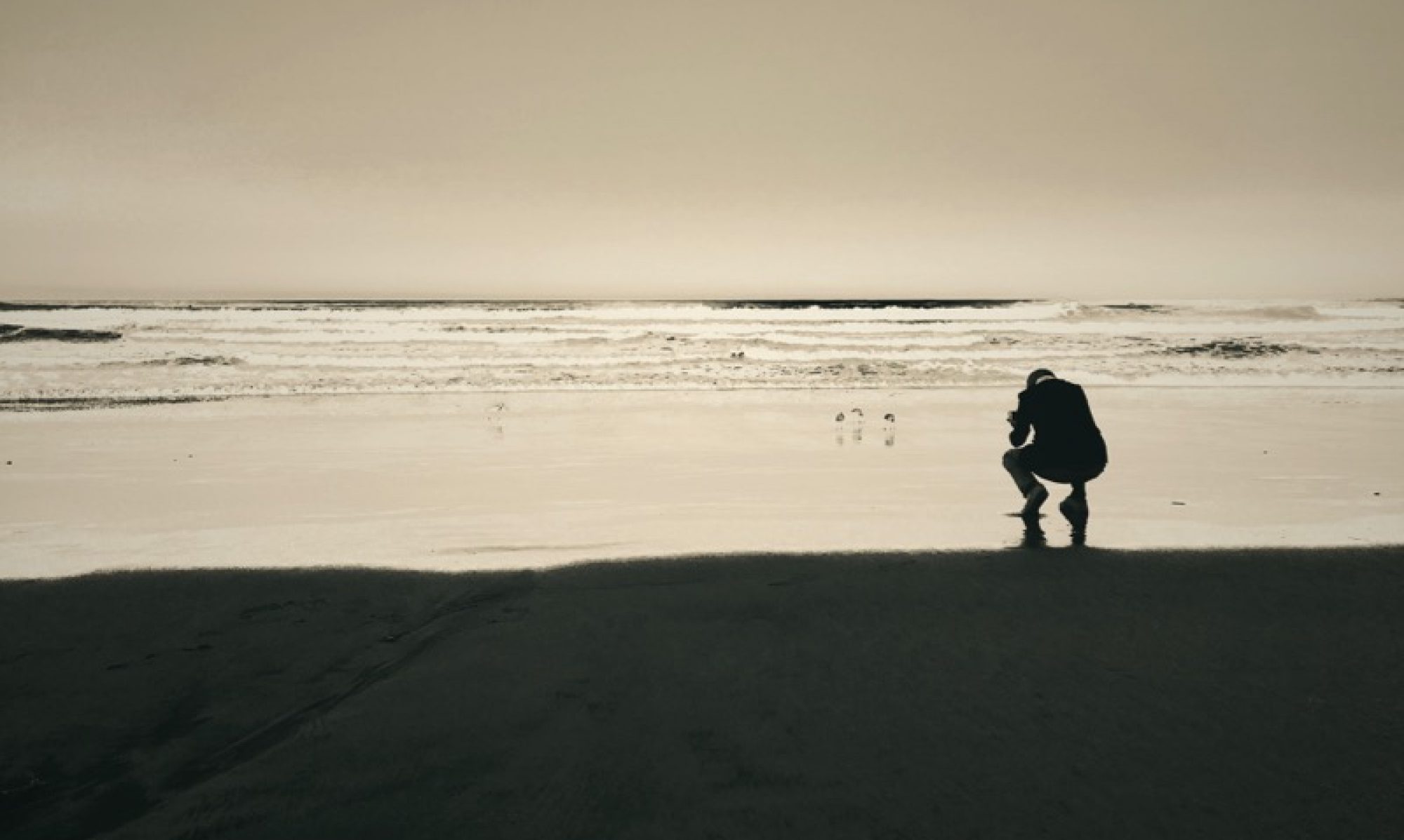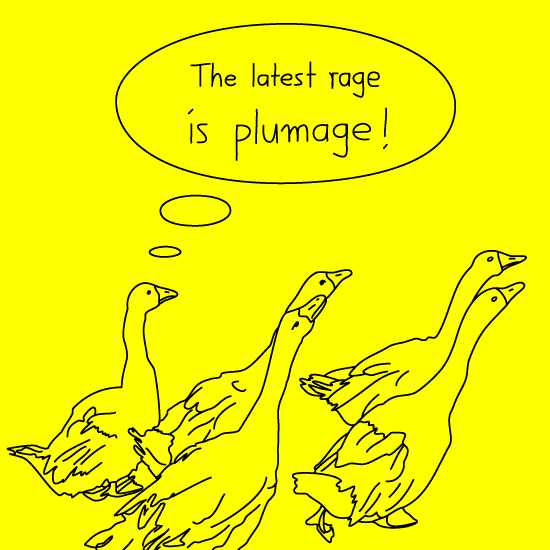I watched Waltz With Bashir all over again, with Ari Folman’s commentary. There are so many things in the movie that speak to me, I decided I would ask Jens to make this into a little series on Notes From Nowhere.
Here’s one thing that interests me: the nature of flaws in art. In his commentary, Folman explains that the animation bears the signs of a low budget. Things don’t move in a natural way. This is less of a problem when rapid action is going on: even the limited animation they could afford will make it seem realistic. But when things slow down, bits of movement seem too rapid, too slow, too abrupt, too angular, and so on.
Before I listened to Folman’s commentary, I was certain that this effect was intentional. In my mind, the movie is a work of art, and I guess I don’t like the idea that anything about a work of art isn’t intentional — or rather, the idea that the unintentional isn’t somehow incorporated into the intentional. In the case of Waltz With Bashir, I would have thought that Folman wanted the dreamy, surreal atmosphere that emerges in slow-moving scenes. It doesn’t look real, but why should it? Isn’t this what the movie is about, that memory plays all kinds of tricks on us? There’s not just the phenomenon of suppressing traumatic events. There are also the manifold ways in which one can ‘remember’ things that never happened, in which images float through our minds, and in which the real and the imagined get mixed up with each other. If I could talk to Folman, I would try to talk him into embracing this feature of the movie more than he does… to be continued.

